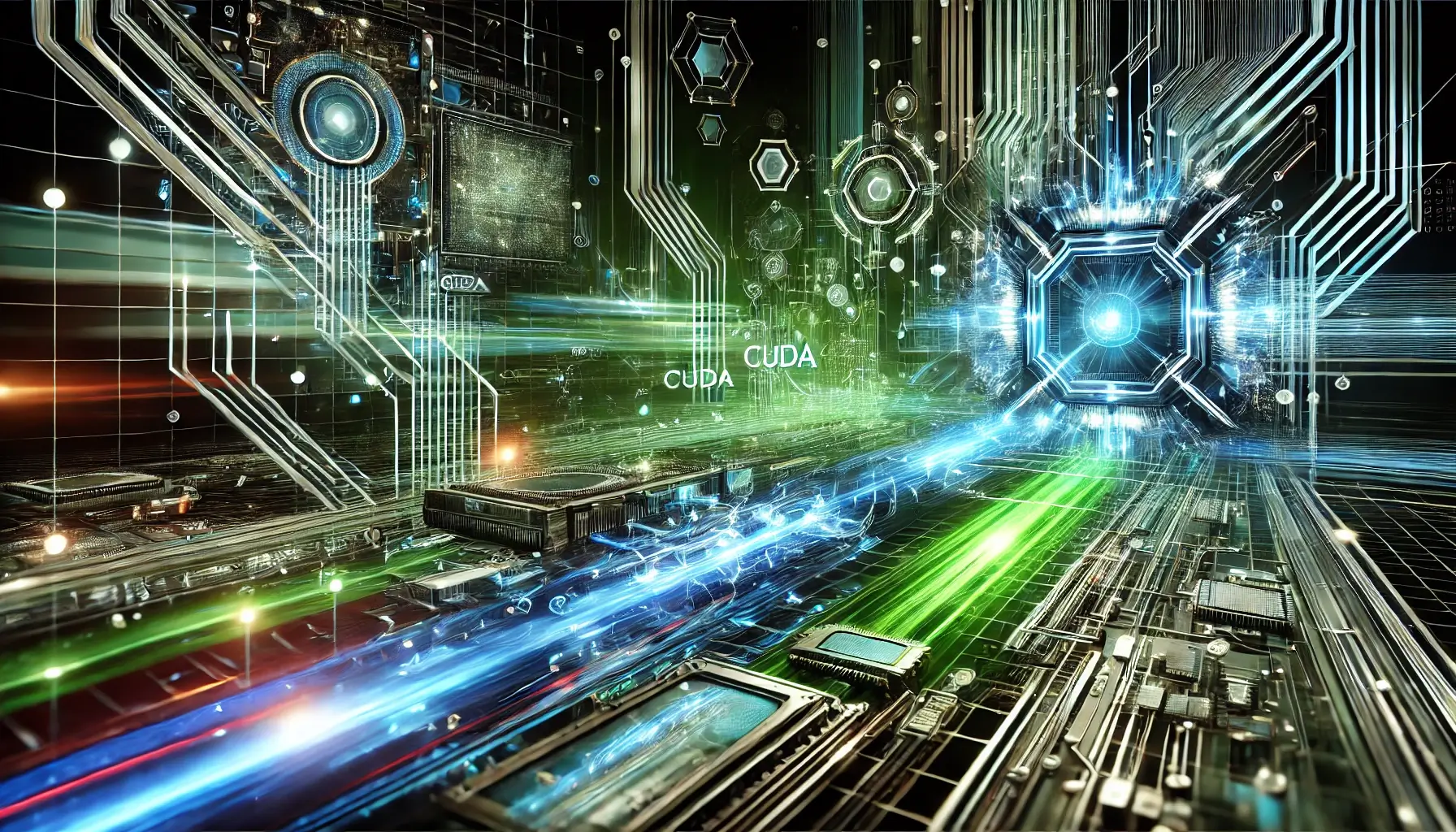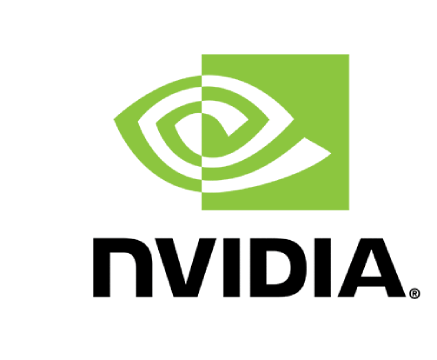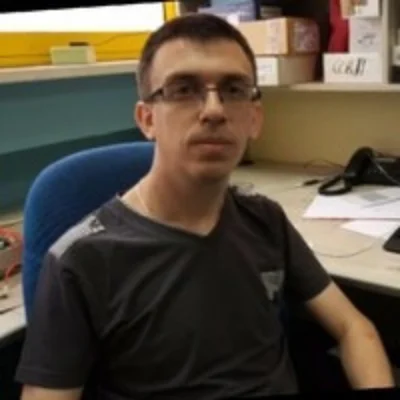
While having access to an NVIDIA GPU is beneficial for hands-on practice, we provide cloud-based GPU instances for all students during the course.


CUDA Course
Our CUDA programming course is designed to equip you with the skills and knowledge needed to harness the power of GPU computing. Learn how to leverage NVIDIA's parallel computing platform to accelerate your applications and solve complex computational problems.
CUDA (Compute Unified Device Architecture) has revolutionized the world of high-performance computing since its introduction in 2007. As industries increasingly rely on processing vast amounts of data and performing complex calculations, CUDA has become an indispensable tool across various sectors:
The demand for CUDA programmers has grown exponentially as these industries adopt GPU computing. By mastering CUDA, you're not just learning a programming model; you're positioning yourself at the forefront of technological innovation. CUDA skills are highly transferable across industries, offering diverse career opportunities and the potential to work on cutting-edge projects that shape our future.
Moreover, as the world grapples with increasingly complex challenges—from climate change to personalized medicine—the need for efficient, high-performance computing solutions has never been greater. CUDA programmers are at the heart of developing these solutions, making it an incredibly impactful and rewarding field to enter.
By taking this course, you're not just learning a valuable skill; you're opening doors to exciting career prospects, the opportunity to work on groundbreaking projects, and the chance to make a significant impact across multiple industries.
Ch. 1
Introduction to GPU Computing
Ch. 2
Installing and first program development
Ch. 3
CUDA API
Ch. 4
Simple Matrix Multiplication
Ch. 5
CUDA Memory Model
Ch. 6
Accelerated Code on GPUs
Ch. 7
Additional CUDA API Features
Ch. 8
Useful Information on CUDA Tools
Ch. 9
Threading Hardware
Ch. 10
Memory Hardware
Ch. 11
Linux GPU Debugging
Ch. 12
Parallel Thread Execution
Ch. 13
Precision

Alex Shoihat
Head of Machine Learning Departments
Alex holds a B.Sc. in Information Systems and an M.A. in Electrical and Electronic Engineering.
As a Machine Learning Engineer at Embedded Academy, Alex specializes in the field of artificial intelligence, applying over 13 years of experience in project development, management, and transitioning from development to production in various domains such as Linux Embedded.
Throughout his career, Alex developed his expertise working with the integration of Machine Learning and Deep Learning in the Computer Vision and Data Analysis field.
While having access to an NVIDIA GPU is beneficial for hands-on practice, we provide cloud-based GPU instances for all students during the course.
This course is designed for programmers with C/C++ experience. While we cover CUDA from the ground up, having a solid foundation in programming is essential.
The course focuses specifically on CUDA, but we'll discuss how CUDA concepts relate to other GPU computing frameworks.
News, insights, and learning resources from Embedded Academy
